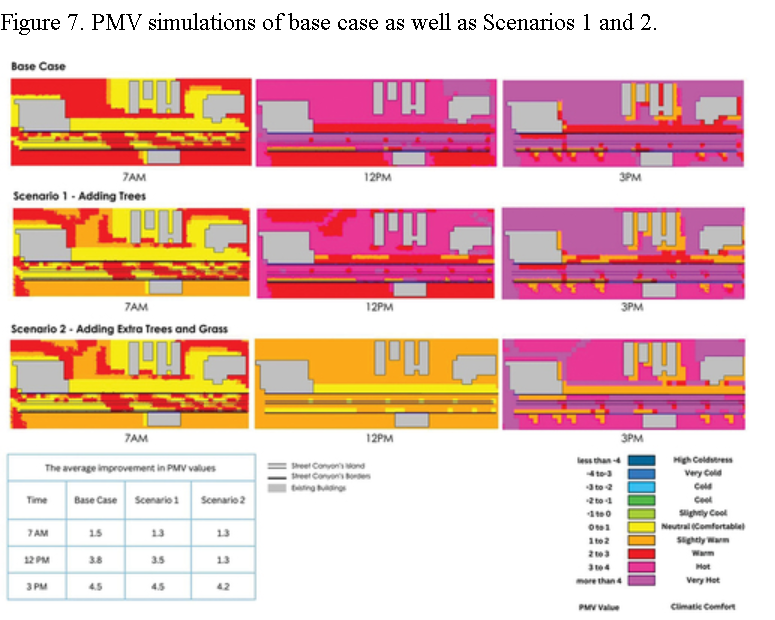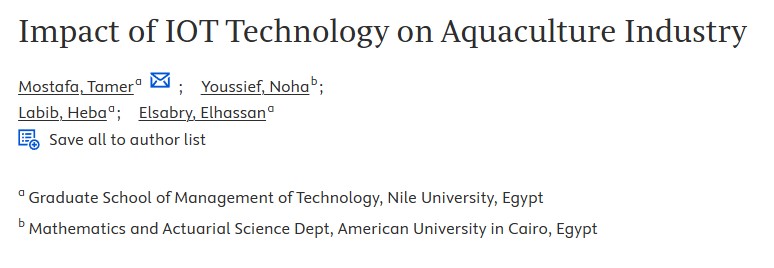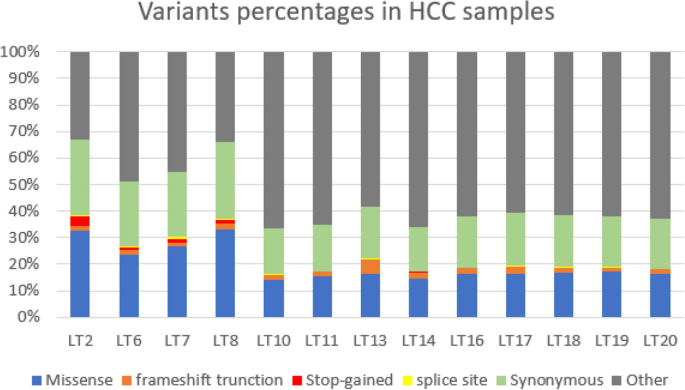
Control and synchronization of a fractional order hyperchaotic system via backstepping and active backstepping approach
During the last 10 years, fractional calculus has find its application in almost every field of science and engineering. One of the well-studied application area is control engineering. Fractional calculus gives a more realistic modeling of linear and nonlinear systems which are called as fractional order systems. Fractional order control is another area of study under this field. Fractional order chaotic systems have become a great topic of research in recent years as these systems have certain advantages over integer order systems. Fractional order chaotic systems give a wide variety of chaotic patterns with variation in fractional order which is a real number. Also, their numerical simulation is simple as compared to the integer order systems. With the advent of various approximation methods for the solution of fractional order differential equation, chaotic behavior analysis, control and synchronization of fractional order chaotic systems have gained importance. A number of strategies have been put forward by research fraternity for the control and synchronization of fractional order chaotic and hyperchaotic systems. The goal of this chapter is to design a controller for the stabilization of fractional order hyperchaotic Lorenz-Stenflo system. The controller is designed by using two different strategies: backstepping approach and active backstepping approach, which are based on the fractional order extension of Lyapunov stability criterion. Further, the similar strategies have been applied to design synchronizing controllers to achieve the synchronization of Lorenz-Stenflo system in master-slave configuration. There are certain advantages of both the approaches. One of the advantage of the backstepping approach is that a single controller could be designed in a step-wise manner and hence designing of multiple controllers could be done without complexity. Although, multiple controllers are to be designed in case of active backstepping approach, but it is simple to implement and reduces complexity to a greater extent. Moreover, the controller derived via both approaches lead to global asymptotic stability of the system. The simulation results presented at the end validate these advantages. © 2018 Elsevier Inc. All rights reserved.



